 |
 |
 |
 |
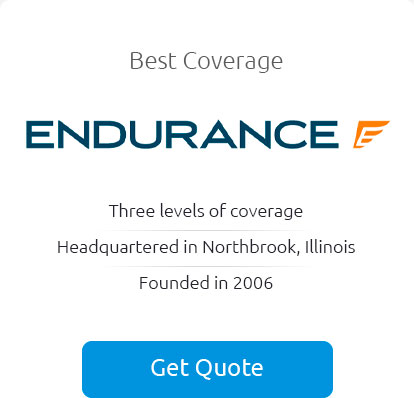 |
|||
 |
 |
|||
 |
 |
|||
 |
|||
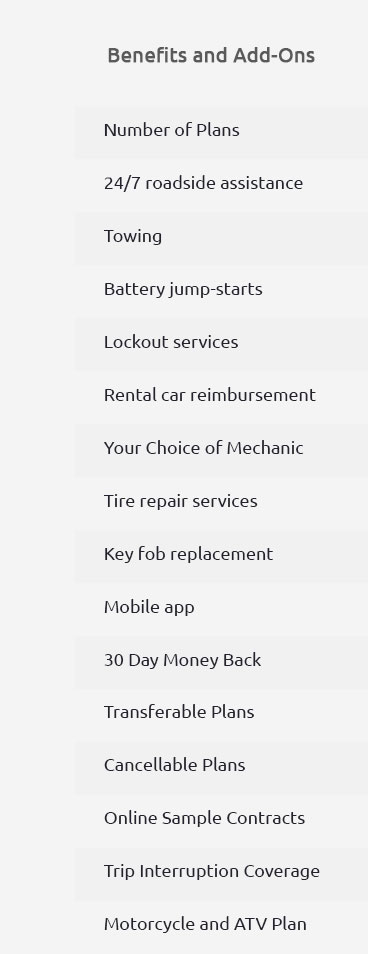 |
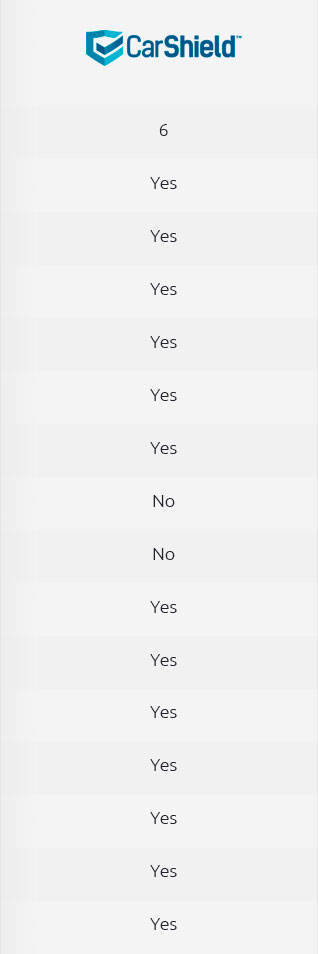 |
 |
|
 |
|||
 |
|
 |
|
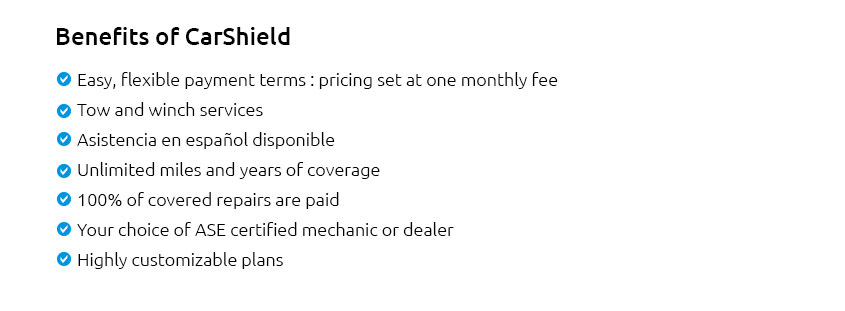 |
|
 |
|
 |
|
 |
|
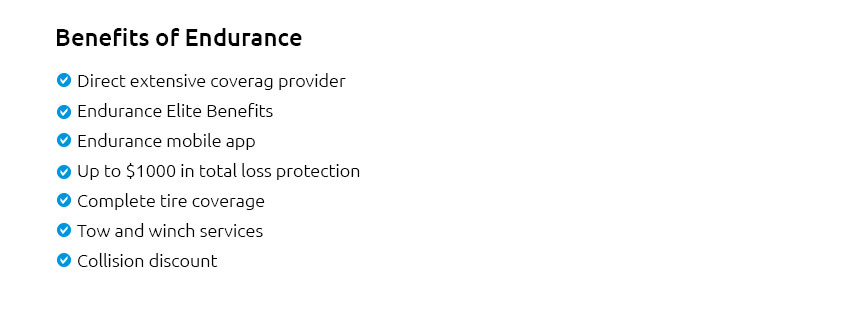 |
|
 |
|
 |
 |
|||
 |
 |
|||

Car Protection Plans Review: What to ExpectIn today's world, where our reliance on vehicles is profound, safeguarding them becomes not just a matter of convenience but also one of financial prudence. Car protection plans, often referred to as extended warranties, offer a layer of security that is as comforting as it is contentious. While their promise is appealing, understanding what to expect from these plans can be the difference between a wise investment and a regrettable expenditure. Car protection plans are designed to cover repairs and replacements for certain vehicle components that are not covered by the original manufacturer's warranty. These plans can vary significantly, not only in terms of coverage but also in cost, duration, and the specific terms and conditions they entail. As with any significant financial decision, due diligence is crucial. Reading the fine print is not merely advisable; it is essential. Types of Coverage
The question remains: Are these plans worth it? The answer is nuanced. For many, peace of mind is priceless, especially if the vehicle in question is a model known for costly repairs. For others, especially those with a reliable vehicle and a robust savings account, it might seem an unnecessary expense. One's comfort with risk plays a significant role in this decision. What to Consider When evaluating a car protection plan, consider the following:
In conclusion, car protection plans can offer a valuable safety net, but they are not a one-size-fits-all solution. The key lies in understanding your own needs, the specifics of your vehicle, and the details of the plan itself. Prudent evaluation is your best tool in navigating this complex decision, ensuring that you are prepared for whatever the road ahead may hold. https://www.reddit.com/r/Hyundai/comments/18m4ujt/tell_me_your_thirdparty_extended_warranty/
Chances are if the reviews are all 5 stars or 1 star, it's a scam company with fake reviews. Stay away from Concord Auto Protect which is a scam ... https://forums.edmunds.com/discussion/39106/general/x/anyone-have-experience-with-aaa-vehicle-protection-plan-warranty
I have had terrible experience with them so far. They will not cover the items listed in the warranty contract and they take forever to determine coverage. https://www.marketwatch.com/guides/car-warranty/endurance-warranty-reviews/
After reviewing and ranking 41 major extended car warranty providers based on coverage, cost, transparency, reputation and customer experience, ...
|